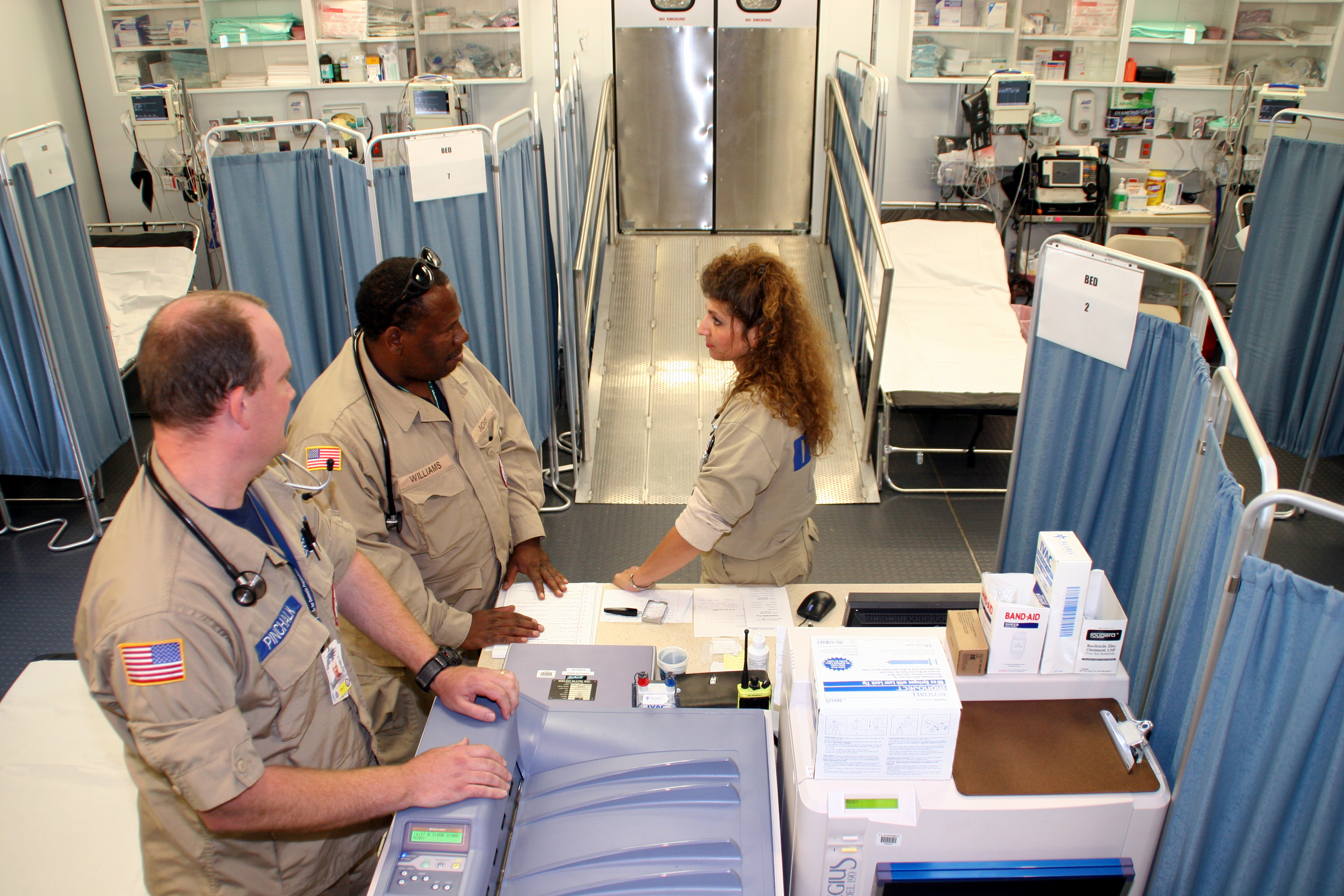|
Auckland City Hospital
Auckland City Hospital is a public hospital located in Grafton, Auckland, New Zealand. It is the largest hospital in New Zealand,Largest hospital in New Zealand...' - News-Medical.Net, Tuesday 29 June 2004 as well as one of the oldest medical facilities in the country. It provides a total of 1,165 beds (). It was established in 2003 as an amalgam of Auckland Hospital (acute adult care), Starship Hospital (acute children's care), Green Lane Hospital (cardio-thoracic care) and National Women's Hospital (maternity, newborn and obstetrics and gynecology). Public hospitals in Auckland have been run by Te Whatu Ora – Health New Zealand since 2022. Importance The emergency department alone sees about 47,000 patients annually (over 55,000 as of 2008),Gridlock on the hospital frontline' - ''The New Zealand Herald'', Sunday 24 August 2008 of which 44% are treated as in-patients. Colocated with its emergency department is the Starship Hospital children's emergency department, which sees ... [...More Info...] [...Related Items...] OR: [Wikipedia] [Google] [Baidu] |
Te Whatu Ora - Te Toka Tumai Auckland
Auckland District Health Board (ADHB) was a district health board that provided healthcare in the Auckland Region in New Zealand, mainly on the Auckland isthmus. This district health board existed between 2001 and 2022 and was governed by a part-elected, part-appointed board. History The Auckland District Health Board, like most other district health boards, came into effect on 1 January 2001 established by the New Zealand Public Health and Disability Act 2000. On 1 July 2022 Te Whatu Ora – Health New Zealand and Te Aka Whai Ora – Māori Health Authority became Aotearoa’s new national health authorities and Auckland DHB as an entity was disestablished and became part of Health New Zealand. Auckland DHB became Te Whatu Ora Te Toka Tumai Auckland. Geographic area The area covered by the Auckland District Health Board was defined in Schedule 1 of the New Zealand Public Health and Disability Act 2000 and based on territorial authority and ward boundaries as constituted as at ... [...More Info...] [...Related Items...] OR: [Wikipedia] [Google] [Baidu] |
Tuberculosis
Tuberculosis (TB) is an infectious disease usually caused by '' Mycobacterium tuberculosis'' (MTB) bacteria. Tuberculosis generally affects the lungs, but it can also affect other parts of the body. Most infections show no symptoms, in which case it is known as latent tuberculosis. Around 10% of latent infections progress to active disease which, if left untreated, kill about half of those affected. Typical symptoms of active TB are chronic cough with blood-containing mucus, fever, night sweats, and weight loss. It was historically referred to as consumption due to the weight loss associated with the disease. Infection of other organs can cause a wide range of symptoms. Tuberculosis is spread from one person to the next through the air when people who have active TB in their lungs cough, spit, speak, or sneeze. People with Latent TB do not spread the disease. Active infection occurs more often in people with HIV/AIDS and in those who smoke. Diagnosis of active TB is ... [...More Info...] [...Related Items...] OR: [Wikipedia] [Google] [Baidu] |
Emergency Department
An emergency department (ED), also known as an accident and emergency department (A&E), emergency room (ER), emergency ward (EW) or casualty department, is a medical treatment facility specializing in emergency medicine, the acute care of patients who present without prior appointment; either by their own means or by that of an ambulance. The emergency department is usually found in a hospital or other primary care center. Due to the unplanned nature of patient attendance, the department must provide initial treatment for a broad spectrum of illnesses and injuries, some of which may be life-threatening and require immediate attention. In some countries, emergency departments have become important entry points for those without other means of access to medical care. The emergency departments of most hospitals operate 24 hours a day, although staffing levels may be varied in an attempt to reflect patient volume. History Accident services were provided by workmen's compensation ... [...More Info...] [...Related Items...] OR: [Wikipedia] [Google] [Baidu] |
Medical Waste
Biomedical waste or hospital waste is any kind of waste containing infectious (or potentially infectious) materials. It may also include waste associated with the generation of biomedical waste that visually appears to be of medical or laboratory origin (e.g. packaging, unused bandages, infusion kits etc.), as well research laboratory waste containing biomolecules or organisms that are mainly restricted from environmental release. As detailed below, discarded sharps are considered biomedical waste whether they are contaminated or not, due to the possibility of being contaminated with blood and their propensity to cause injury when not properly contained and disposed. Biomedical waste is a type of biowaste. Biomedical waste may be solid or liquid. Examples of infectious waste include discarded blood, sharps, unwanted microbiological cultures and stocks, identifiable body parts (including those as a result of amputation), other human or animal tissue, used bandages and dressings, d ... [...More Info...] [...Related Items...] OR: [Wikipedia] [Google] [Baidu] |
Māori Health Authority
Te Aka Whai Ora – the Māori Health Authority (MHA) is an independent New Zealand government statutory entity tasked with managing Māori people, Māori health policies, services, and outcomes. The Health Authority will work alongside the Ministry of Health and the public health agency Health New Zealand, the latter of which will replace the 20 existing district health boards (DHB). On 20 December 2021, Riana Manuel was selected to be the Chief Executive of the agency, which would be a permanent agency on 1 July 2022. Mandate and responsibilities The Māori Health Authority is a statutory entity responsible for ensuring that the Health care in New Zealand, New Zealand health system meets the needs of Māori. It will work in partnership with the Ministry of Health and Health New Zealand to achieve the following stated goals: #leading change in the way the entire health system understands and responds to Māori health needs #developing strategy and policy which will improve Māor ... [...More Info...] [...Related Items...] OR: [Wikipedia] [Google] [Baidu] |
Fletcher Construction
The Fletcher Construction Company Limited is a New Zealand construction company and a subsidiary of Fletcher Building. Together with Higgins Contractors Ltd it makes up the Construction division of Fletcher Building. Fletcher Construction is widely known in New Zealand, and has delivered various iconic projects including constructing the Auckland Sky Tower. It has five main business units: *Infrastructure *Buildings *South Pacific *Higgins *Brian Perry Civil History In 1909 James Fletcher senior, a builder and stonemason from Scotland, began a building business along with Englishman Albert Morris. The firm was known as Fletcher and Morris and received their first commission on 1 June 1909. This was for a double bay wooden villa at Broad Bay on the Otago Peninsula and was built for £375 (New Zealand still used British pounds at that time). The house was occupied on 10 November 1909 by local merchant Hubert Green following his marriage to Agnes Galloway. However, they made ... [...More Info...] [...Related Items...] OR: [Wikipedia] [Google] [Baidu] |
Obstetrics And Gynecology
Obstetrics and Gynaecology (also spelled as Obstetrics and Gynecology; abbreviated as Obs and Gynae, O&G, OB-GYN and OB/GYN) is the medical specialty that encompasses the two subspecialties of obstetrics (covering pregnancy, childbirth, and the postpartum period) and gynecology (covering the health of the female reproductive system – vagina, uterus, ovaries, and breasts). Postgraduate training programs for both fields are usually combined, preparing the practising obstetrician-gynecologist to be adept both at the care of female reproductive organs' health and at the management of pregnancy, although many doctors go on to develop subspecialty interests in one field or the other. Scope United States According to the American Board of Obstetrics and Gynecology (ABOG), which is responsible for issuing OB-GYN certifications in the United States, the first step to OB-GYN certification is completing medical school to receive an MD or DO degree. From there doctors must complete a ... [...More Info...] [...Related Items...] OR: [Wikipedia] [Google] [Baidu] |
State-Owned Enterprises Of New Zealand
State-owned enterprises (SOEs) in New Zealand are registered companies listed under Schedules 1 and 2 of the ''State-Owned Enterprises Act 1986''. Most SOEs are former government departments or agencies that were corporatised. They are responsible to the Minister of State Owned Enterprises. Many other government-owned companies and statutory trading organisations are referred to informally as "state-owned enterprises" although they are not SOEs in the strictest sense. These are also listed here. Function The function of SOEs is to operate successfully as a business, as profitable as those not owned by the Crown. The section of the Act defining this is usually interpreted as meaning that SOEs are expected to ready themselves for privatisation, though this is not always the case. Two Ministers of the Crown act as the shareholding ministers in the company. In the case of SOEs these are usually the Minister of State Owned Enterprises (see article for list) and the Minister resp ... [...More Info...] [...Related Items...] OR: [Wikipedia] [Google] [Baidu] |
Stephenson And Turner
Originally known as Stephenson and Meldrum (1921–1937), Stephenson and Turner (1938–1995) was a prominent Australian architectural firm, best known for the pioneering modernism of their numerous hospital designs of the 1930s and 1940s. Arthur George Stephenson Arthur George Stephenson (1890–1967), architect, born in 1890 in Box Hill, Melbourne. In 1907 Stephenson worked for Swansson Brothers while studying construction at the Working Men's College. He joined the Australian Imperial Force in 1915 as a lieutenant, promoted to captain and awarded the Military Cross. After World War I, Stephenson remained in London and studied at the Architectural Association School (AA) and joined the Royal Institute of British Architects (RIBA) in 1920. He returned to Melbourne and formed a partnership with Percy Hayman Meldrum in 1921, known as Stephenson & Meldrum. Stephenson was largely responsible for the firm's direction to specialize in hospital design. He also lectured, wrote widel ... [...More Info...] [...Related Items...] OR: [Wikipedia] [Google] [Baidu] |
Auckland City Hospital 02
Auckland (pronounced ) ( mi, Tāmaki Makaurau) is a large metropolitan city in the North Island of New Zealand. The most populous urban area in the country and the fifth largest city in Oceania, Auckland has an urban population of about It is located in the greater Auckland Region—the area governed by Auckland Council—which includes outlying rural areas and the islands of the Hauraki Gulf, and which has a total population of . While European New Zealanders, Europeans continue to make up the plurality of Auckland's population, the city became multicultural and cosmopolitan in the late-20th century, with Asians accounting for 31% of the city's population in 2018. Auckland has the fourth largest foreign-born population in the world, with 39% of its residents born overseas. With its large population of Pasifika New Zealanders, the city is also home to the biggest ethnic Polynesian population in the world. The Māori-language name for Auckland is ', meaning "Tāmaki desire ... [...More Info...] [...Related Items...] OR: [Wikipedia] [Google] [Baidu] |
Florence Nightingale
Florence Nightingale (; 12 May 1820 – 13 August 1910) was an English Reform movement, social reformer, statistician and the founder of modern nursing. Nightingale came to prominence while serving as a manager and trainer of nurses during the Crimean War, in which she organised care for wounded soldiers at Constantinople. She significantly reduced death rates by improving hygiene and living standards. Nightingale gave nursing a favourable reputation and became an icon of Victorian culture, especially in the persona of "The Lady with the Lamp" making rounds of wounded soldiers at night. Recent commentators have asserted that Nightingale's Crimean War achievements were exaggerated by the media at the time, but critics agree on the importance of her later work in professionalising nursing roles for women. In 1860, she laid the foundation of professional nursing with the establishment of Florence Nightingale Faculty of Nursing and Midwifery, her nursing school at St Thomas' Hosp ... [...More Info...] [...Related Items...] OR: [Wikipedia] [Google] [Baidu] |







_p225_AUCKLAND%2C_NEW_ZEALAND.jpg)
